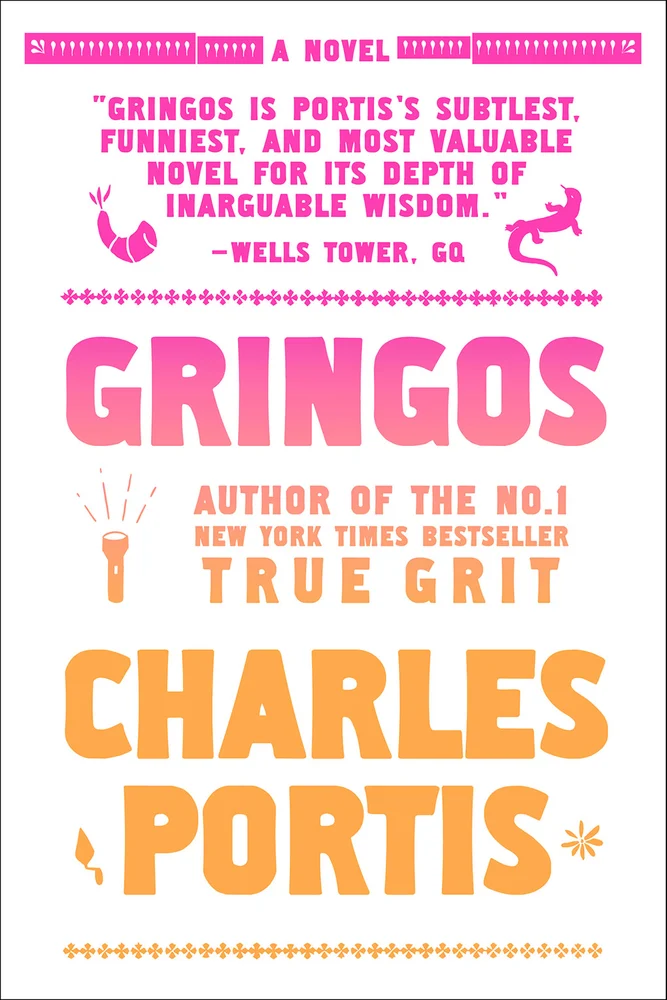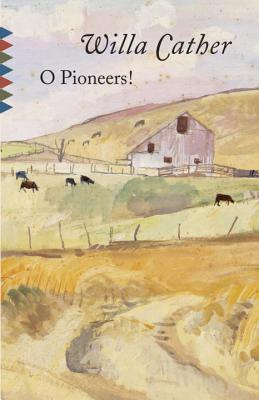Book by JOHN KINSELLA
Review by NICHOLAS BIRNS
Insomnia, the latest of the many volumes of poetry John Kinsella has published, is one of his strongest collections of the past decade. Kinsella is an Australian poet, now in his late fifties, who is at once one of the most widely recognized figures in contemporary poetry yet still too little known in some literary quarters. He is abundantly and buoyantly prolific, both on his own and with collaborators of many backgrounds and affiliations. He is at once committed to experimental, avant-garde styles and to a decolonizing, anti-racist, in his words ‘vegan anarchist’ politics. There is a third commitment that nestles aside these two, although less trumpeted: a participation in a lyric tradition and a lyric kind of ‘truth,’ the manifold, irreducible, unformalizable sort of truth Goethe (who would have enjoyed the poems in Insomnia placed in Tübingen) imagined when he spoke of Dichtung und Wahrheit (poetry and truth).
Kinsella lives not just in Western Australia, a state that if anything feels peripheral in the Australian imaginary, but in a specific area of Western Australia: the Wheatbelt. For Kinsella, the Wheatbelt, in which many of this book’s poems are situated, is at once a minutely observed tableau whose depredation by multinational corporations and, ultimately, by the arrogance of white settlement itself, he laments, as well as a fantasy/nightmare world where he lets his vivid imagination roam free in joy and fear: “What Wheatbelt life can be had outside … the cataclysm of a car finding a lone/and ghost-lit tree in the long paddock?” The Wheatbelt is the troubled base of Kinsella’s global poetics.
Kinsella is unusual in that his ties with landscape, which for poets often suggest imaginative if not literal claim, are rife with disclaiming. He wants the reader to realize this land is not his own, nor any white person’s, but belongs to the Noongar people who had lived there millennia before Kinsella’s settler ancestors came. In his collaborations with the Yamaji poet Charmaine Papertalk-Green, published in 2018 by Magabala Books as False Claims of Colonial Thieves, Kinsella placed his poetic voice in dialogue with that of an indigenous woman. As far as possible—and it is not possible for a white man in the here and now to disidentify himself from colonialism—Kinsella seeks to shred the residual authority that is baked into his position: “I crave no/acknowledgment/of being here, because I can’t/claim anything.”
Though Kinsella is a dense and ramified poet, basic affirmations stand out in his work: of the land, and especially, of animals. For Kinsella, animals are components of the universe to be honored, but also agential fillips to expand our horizons—“…for me, along southern/shores, reefs,/for me, imagining Giant/Creepers/haunting all depths.” Kinsella’s animals are linguistic creatures, but language does not erase or dissolve their being:
Elephants are subtexts to the argument,
Their skins heaped high, bones askew.
Where animal skin binds
the codex: a hoax is as good as the original; in the end
It all comes down to the language
The artful use of capitalization and indentation and the sound-play of ‘askew,’ ‘codex,’ and ‘hoax’ do not just mime the destruction of animal life by human exploitation. They speak lovingly, joyously, and under protest to an animal life ever more threatened.
“The Bulldozer Poem” starts off the collection by speaking to this threat in the most dramatic way possible. It is impossible to say which is greater, the bulldozer’s destructiveness or its verve:
Bulldozers deny the existence of Aether, though they
know
deep down in their pistons, deep in their levers, that
all
is spheres and heavens and voices of ancestors’ worry
at their peace. Bulldozers recognize final causes, and
embrace
outcomes that put them out of work.
“The Bulldozer Poem” both critiques technology and sees the world from a nonhuman point of view—both laudable objectives for a decolonizing poet. The complication here is that the bulldozer is that nonhuman point of view. So there is a disruption, a cognitive estrangement, that sits aslant the literal, physical disruption caused by the bulldozer. The bulldozer has a negative charisma that is abhorred by the author yet palpable to the reader. The speaker inveighs that the bulldozer does not “see the exquisite color of this world”. But this blindness is seen by the reader all too vividly. In a way, the animation of the bulldozer brings life to “the inorganics of modernity” and, without redeeming or celebrating its destructiveness, acknowledges a life force that ideally would show itself in a more benign avatar.
Kinsella is prolific. This poses a problem, one especially acute in an oeuvre where prolificity does not signify intermittent or uneven quality. How to signal the strong points, the moments where a non-specialist or distracted reader can focus attention? Some would emphasize Kinsella’s dark pastoral poems, the ones that first brought him to international fame in volumes such as The Silo: A Pastoral Symphony (1995), others, volumes such as Syzygy (1993) which comes very close to Language Poetry as it was being written internationally the 1990s, others would single out his critical recastings of classics, most particularly Divine Comedy: Journeys Through A Regional Geography (2008).
I, though, would emphasize two aspects of his oeuvre. One is his Graphology poems, a lengthy and ever-evolving sequence of thousands of poems, in one main series and many sub-series, that seek to lyricize the linguistic apprehension of nature. Five of these, happily, are included in Insomnia. Of these, the best is “Graphology Mutation 25: The Authenticity of Ploughing.” Here there is at once evocation of a specific locality but also an overall awareness of literariness and abstraction, along with an awareness that externally imposed standards of what is authentic and what is not are hierarchical and colonial:
Last to plant, last to harvest. Small scale
But enough. Their silos
Are cylinders without tops,—a tar will do.
Authentic? Only those
outside the system would even wonder.
The other aspect of Kinsella’s lyric modality I would emphasize is a register which most of the poems in Insomnia inhabit, and which is exemplified most in his previous books by Shades of the Sublime and Beautiful (2008)—what I would call Kinsella’s “learned last lyricism.” “Learned,” because Kinsella, though not an academic poet, always has a slightly professorial note to him, a patient, non-hierarchal, kind form of teaching:
Energy security, gift of the gab, textual affirmation by
Urkund, cut-rate fate.
“Last” because these poems are always conscious of the fragility of the earth itself and of the subjective lyric voice, how what Lauren Berlant has termed “cruel optimism” has driven these bedrocks of the modern poetic stance very nearly under cover:
Where the blast is the sound-barrier being broken
outside of standing orders: all birds equalizing, and
looking up as if under water. Some have never
swum before.
And finally, “lyricism” because there is a sense of song, even of chant, at the core of these poems:
This house, York gums masts band hollow,
jam tree sails, and a cabin that creaks with hope, welcome.
It is the presence of this learned last lyricism that makes Insomnia, collecting poems written over six years, one of Kinsella’s strongest volumes.
Kinsella famously suffers from insomnia, which is one secret to his amazing productivity, and also helps explain his internationalism, as he is able to be active on a global scale by e-mail across multiple time zones. Insomnia thus could be said to be the condition of this poetry. There is a sense, though, in which insomnia is, at a much more structural level, both deeply akin to and deeply antithetical to the poetic. Akin, because poetry, as the heightening of the senses, is an awakening, a self-awareness, even a “laying bare of the device” which mirrors the experience of being awake. Antithetical, because there is a part of poetry, as Keats realized in poems such as “Sleep and Poetry,” “Ode to Indolence,” and “Ode to A Nightingale,” that yearns for sleep.
The conscious self-discipline of the poetic gesture only barely supersedes any healing or calming cure of a worrying self-awareness. Insomnia is probably generated in most cases by either heightened interest or heightened worry. Kinsella, as a poet, manifests both with regard to a world ever more granular in its ability to capture attention but ever more imperiled by ecological precarity. To never sleep might imply mastery, a superiority over those who must sleep. But the speaker of “Insomnia,” finding ants crawling over him when he wakes from a brief rest, disclaims any superpowers emanating from sleeplessness:
‘Your never sleeping
makes us feel uneasy’. Don’t worry, I keep to rural
spaces
away, and acknowledge no coordinates are mine.
Beyond the epiphanic enigma of Keats’s “Do I wake or sleep?” there is an enforced sleeplessness, because the poet both loves the world so much and fears so continuously for its fate:
I am back again, and I have never slept, not
Really.—not in the way other creatures tell me
They sleep
As original a poetic thinker as Kinsella is, there is a zest that he derives from what might be called posthumous collaborations with the great, idiosyncratic dead. “Zoo (or Gulag),” based on a poem by Khlebnikov, uses myriad stanzas beginning with “Where.” This searing excoriation of man’s cruelty to animals parades the irony that the sublimity we most admire in nature is also what we turn against it:
Where the greatest eagles are still seen as exceptions
to the ‘protected species’ rule. Invoking the lamb, the
hunter eats his lamb sandwiches, first, then shoots.
We might turn to poetry in stunned repose. But Kinsella registers how we are shocked into self-awareness.
Nicholas Birns teaches in the Center for Applied Liberal Arts at New York University and is author most recently of The Hyperlocal in Eighteenth and Nineteenth Century Literary Space (Lexington, 2019).





